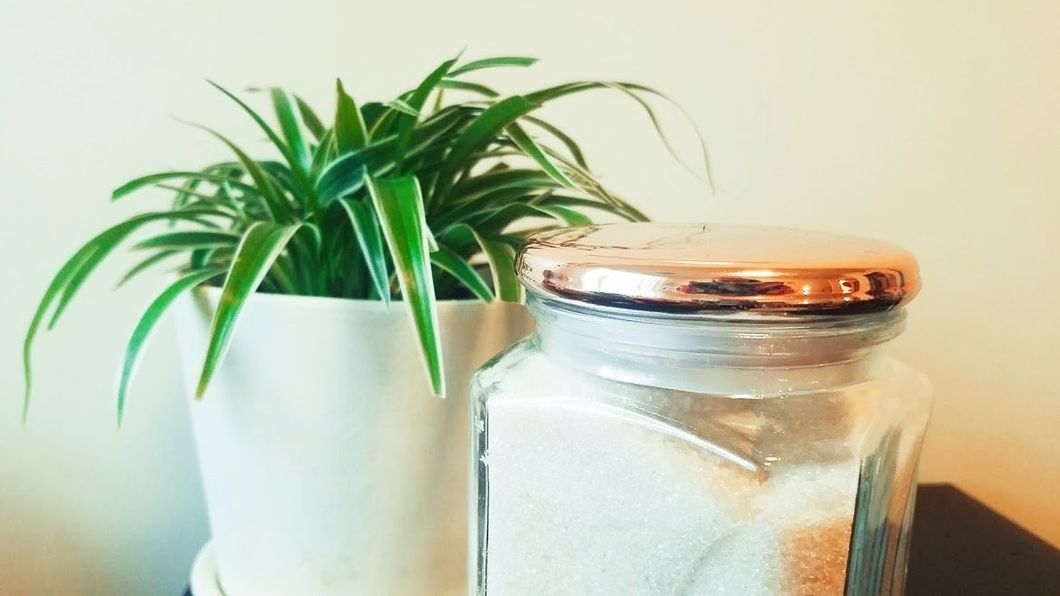Sustainable living is all the rage right now. Everywhere we look people are ditching single-use plastics and fast fashion. Why? To cut a long story short, the idea behind this movement is to promote the care and well-being of the earth and its inhabitants. That seems easy enough, right? The hard part is knowing how and where to start. These steps will help you navigate the start of your journey toward sustainable living in six meaningful and practical ways.
1. Become a conscious consumer

Are you passionate about the care and keeping of earth and its inhabitants? Do you want to improve working conditions for people in low-income countries? Would you love it if your everyday products actually served to benefit your health? If your answer to any of these questions was "yes," then come sit by me! Being a conscious consumer means that you know where your products come from, how they were crafted, and what their impact is on the environment.
I firmly believe that real change begins within, so before trying any of the following steps take some time to decide why sustainability is important to you. A great place to start is by researching your favorite companies' ethics and integrity reports and deciding whether or not they align with your value system. You can also find tons of documentaries that explain the significance of sustainability in entertaining ways!
2. Ditch single-use plastics
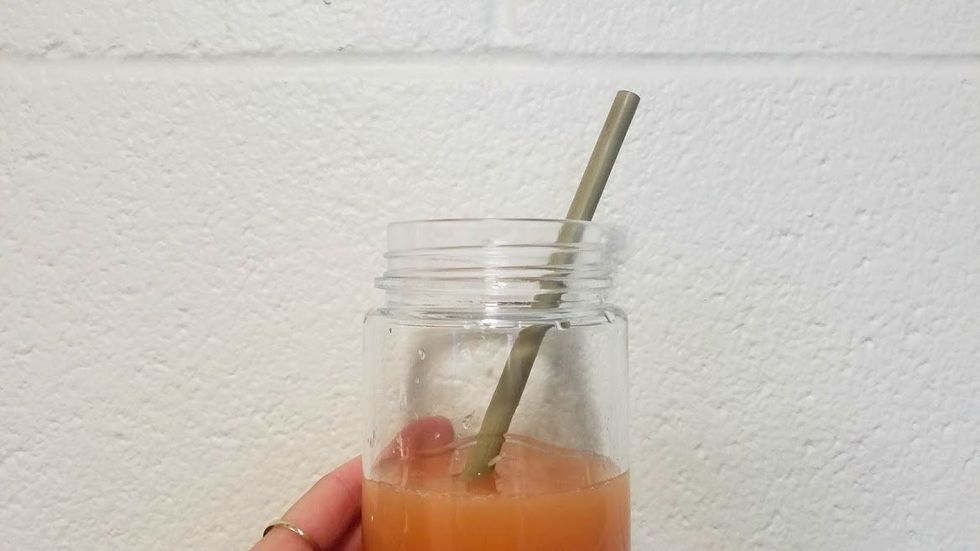
We live in a throw-away society where we see everything from to-go boxes to relationships as disposable. This perspective is doing us all a lot more harm than good. One of the most important steps toward transitioning into a low-waste and sustainable lifestyle is ditching single-use plastics. Recycling is not the answer anymore. A lot of the plastics we recycle still end up in the ocean. Although, it still is better to recycle single-use plastic than send it to a landfill. So what can we do about that? Swap plastic out for glass, bamboo, or stainless steel whenever you can. There is a huge market for plastic-free products available, so dig in (consciously)! Bamboo travel cutlery, reusable travel mugs, and nondisposable to-go boxes are great products to start with.
3. Switch to home-crafted products

I absolutely love DIY! I also like being able to trust that my products come from organizations that truly care about humanity and environmentalism. Shopping locally or from Eco-friendly companies is a great way to switch from generic brands that are often harmful to the earth and our health. I personally use a shampoo bar from Apple Valley Natural Soaps, homemade bentonite clay toothpowder, and DIY body scrub from used coffee grounds! If that seems a little too hippie-dippie for your taste try starting with something a bit more basic, such as buying products in bulk or making your own household cleaners.
4. Reduce your meat consumption
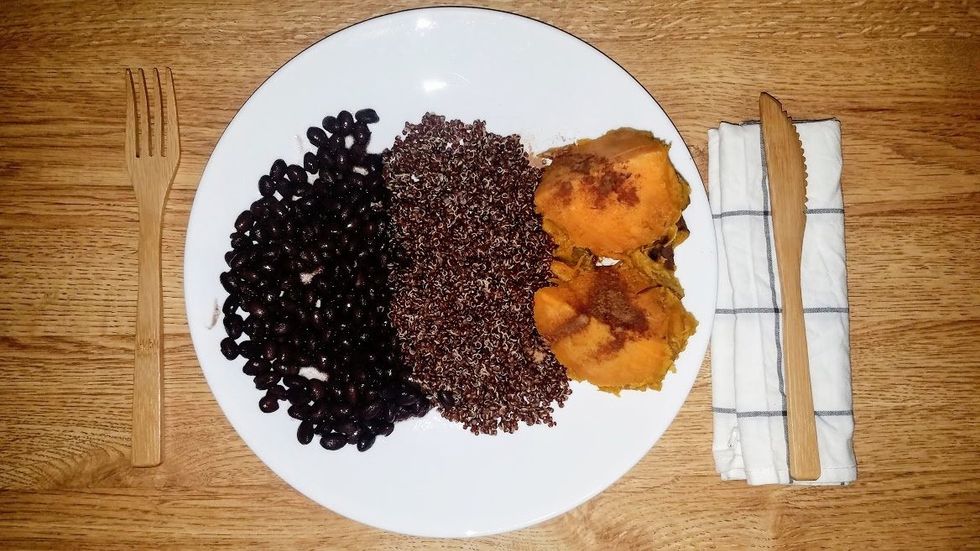
Most of us have no idea how much water and energy go into producing a single pound of meat. Hint: it's a lot. Yes, protein is an important part of our diet, but meat is not the only source of protein for consumption. This is not me telling you that you have to be vegan to live a sustainably minded lifestyle. All I'm saying is you should research the actual health and environmental issues that surround eating meat, and decide whether or not the daily strip of bacon still fits into the vision you have for your life.
5. Donate to reputable organizations
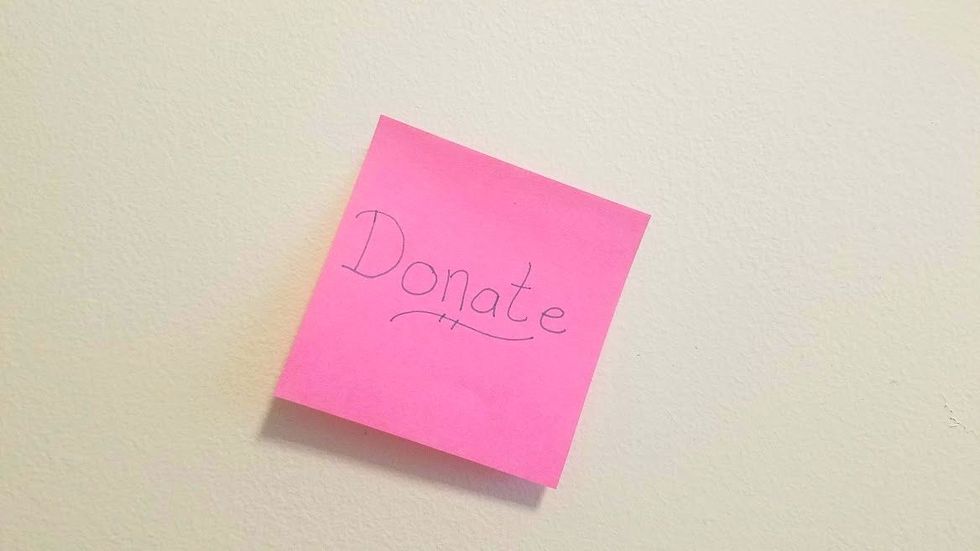
Our everyday habits truly impact the world around us. However, ditching plastic, buying ethically sourced products, and reducing our meat consumption simply isn't enough. The most important way to ensure positive change is to donate to organizations that are dedicated to promoting sustainability. Think of organizations that fight to improve working conditions and better environmental standards, and choose to donate toward their work every once in a while. If you're not sure where to donate, try the Global Fund for Children. If you would rather shop for a good cause, try Live Fashionable or the Package Free Shop.
6. Have grace for yourself
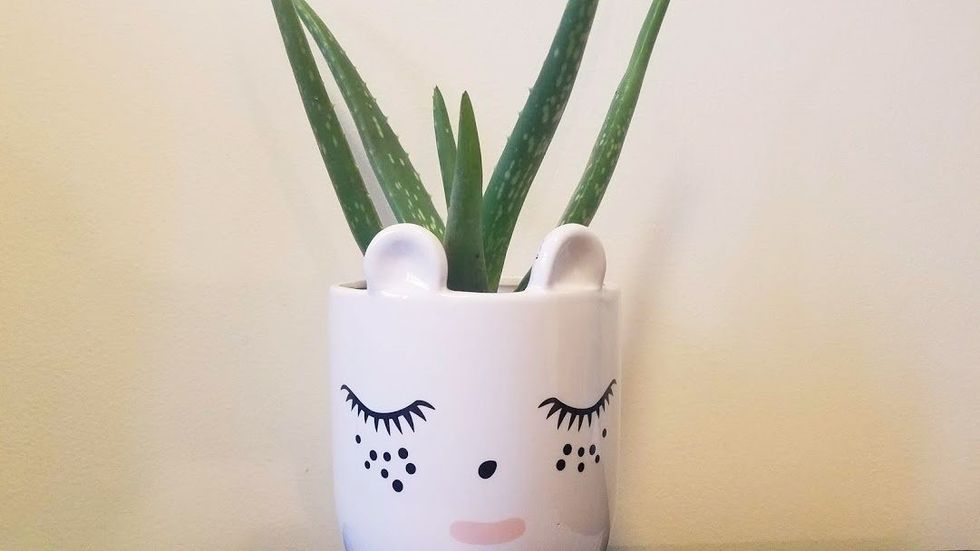
Try to reduce your consumption by shopping less frequently, buying long-lasting and secondhand items, and borrowing what you don't have from friends and neighbors whenever you can. Attempt to reuse things for as long as possible, and fix objects when they break instead of just throwing them away. Finally, recycle when you can't reduce or reuse. At the end of the day, have grace for yourself. Remember that you are not going to save the planet singlehandedly, and remind yourself how awesome it is that you're doing your part to make the planet a greener place for everyone.
Congratulations! You're now on your way to a sustainable start!

